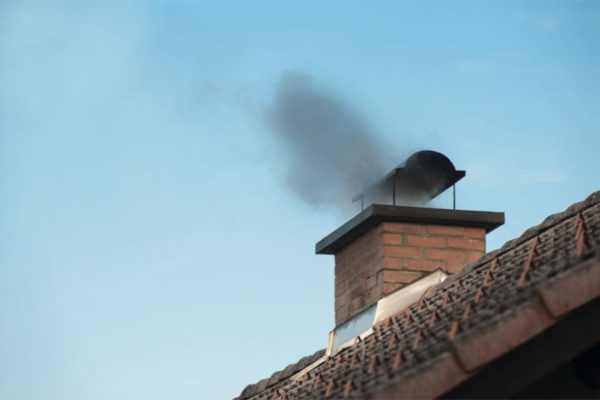In collaboration with GNS Science, Auckland Council and the University of Auckland, Mote implemented a 60-day continuous filter sample collection through June and July 2018, for the purposes of quantifying arsenic concentrations in PM10 samples, using XRF techniques.
Arsenic emissions and health effects

The study aimed to assess whether there is spatial heterogeneity in arsenic emissions as a result of burning treated timber, which may be related to neighbourhood socioeconomic variation. The research team at the University of Auckland also collected hair and beard samples from residents within the four respective areas of Takapuna, Henderson, Penrose, and Papatoetoe.
An early analysis of the results shows that residents living in areas with high wintertime arsenic concentrations were more likely to have a higher arsenic content within their hair, especially when they utilised a fireplace in their home. It is expected that these findings will result in a key publication output for the research team.
